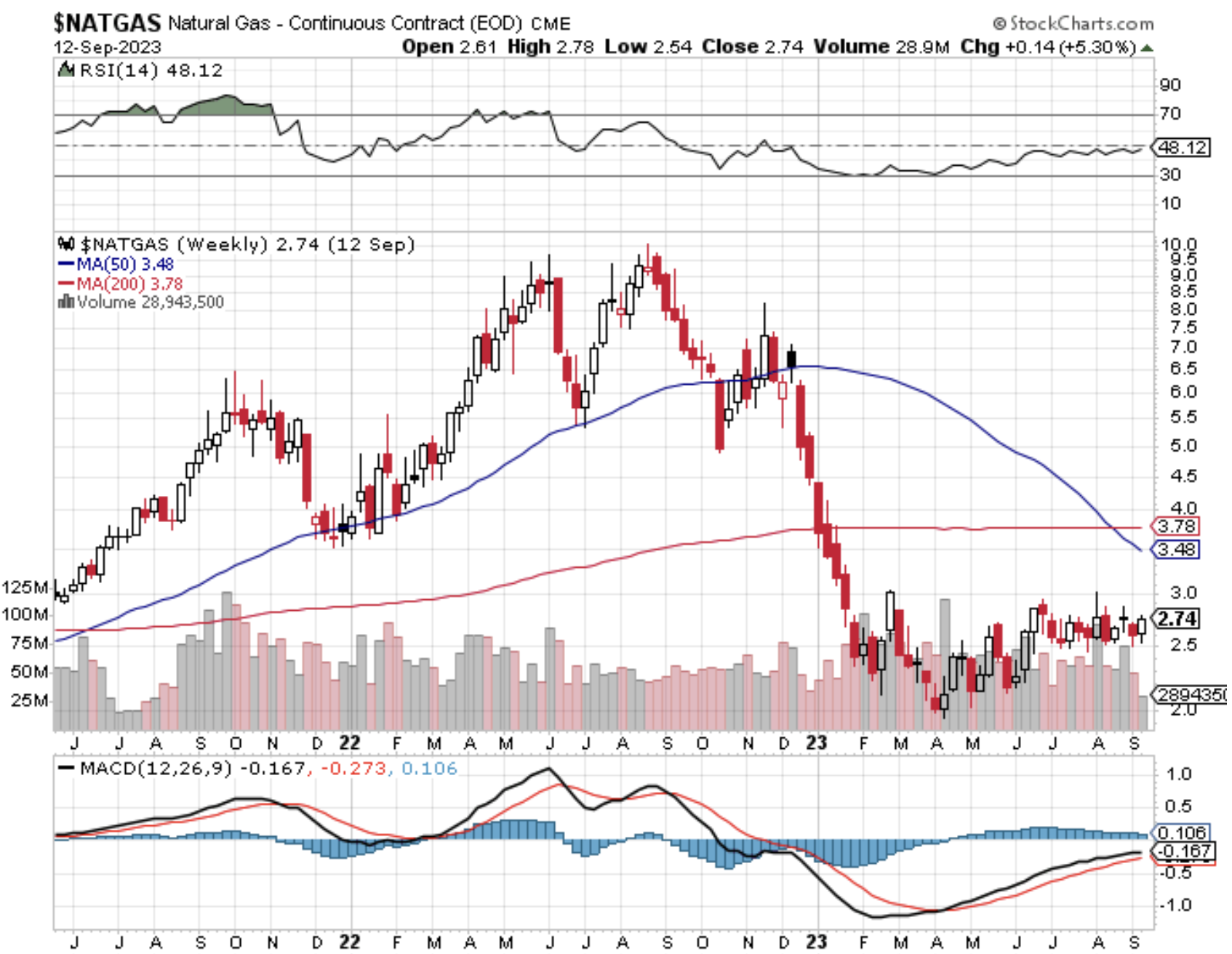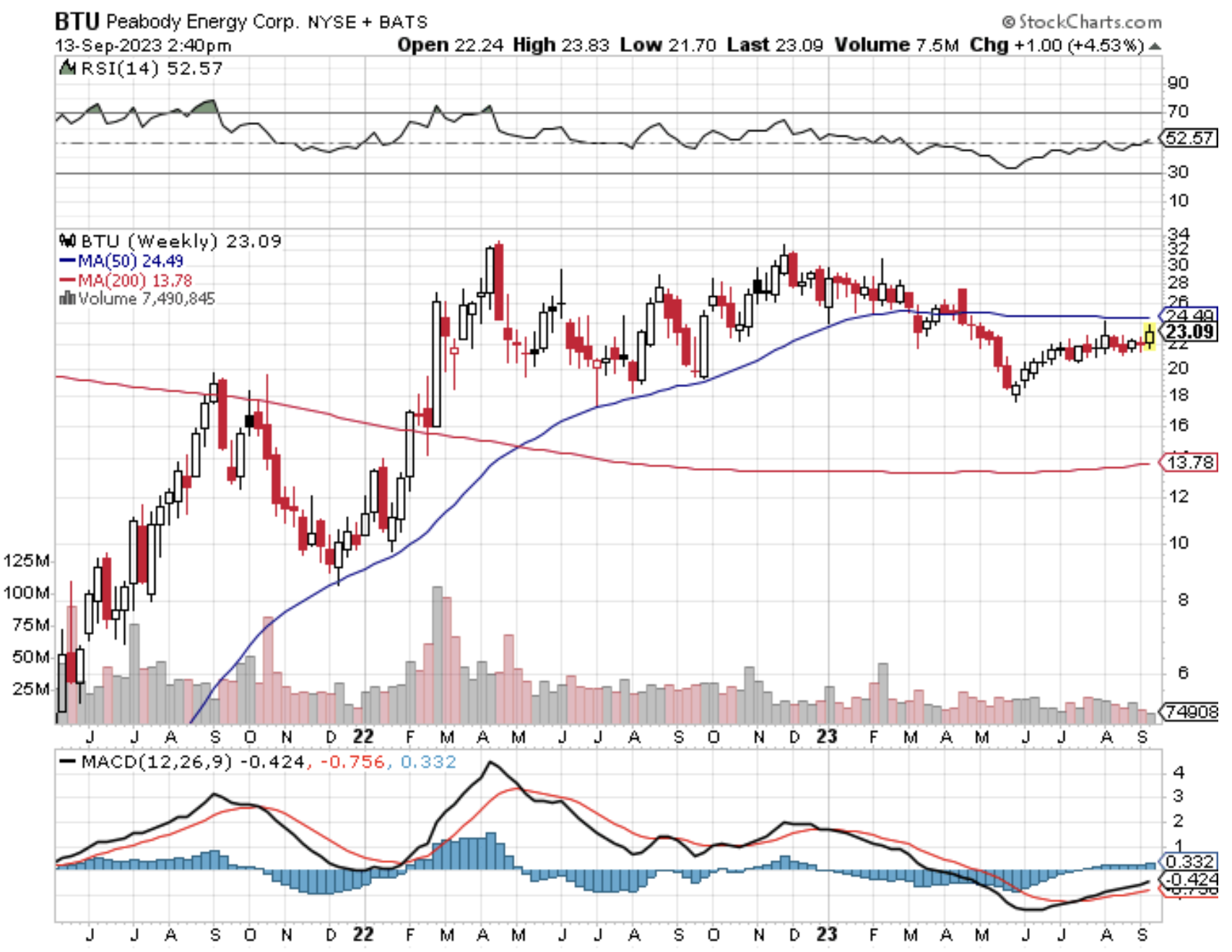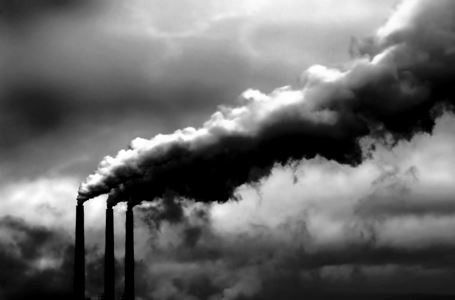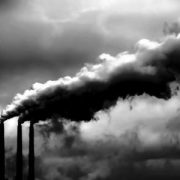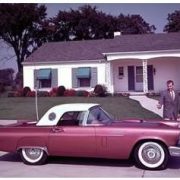I wanted to get the low down on clean coal (KOL) to see how clean it really is, so I visited some friends at Lawrence Livermore National Laboratory in California.
The modern-day descendent of the Atomic Energy Commission, where I had a student job in the early seventies, the leading researcher on laser-induced nuclear fission, and the administrator of our atomic weapons stockpile, I figured they’d know.
Dirty coal currently supplies us with 35% of our electricity, and total electricity demand is expected to go up 30% by 2030. The industry is spewing out 32 billion tons of carbon dioxide (CO2) a year and the great majority of independent scientists out there believe that the global warming it is causing will lead us to an environmental disaster within decades.
Carbon Capture and Storage technology (CCS) locks up these emissions deep underground forever. The problem is that there is only one of these plants in operation in North Dakota, a legacy of the Carter administration, and new ones would cost $4 billion each.
The low estimate to replace the 250 existing coal plants in the US is $1 trillion, and this will produce electricity that costs 50% more than we now pay. In a gridlocked constrained congress, this is a big ticket that is highly unlikely to get picked up.
While we can build a wall to keep out illegal immigrants from Latin America, it won’t keep out CO2. This is a big problem as China is currently completing one new coal-fired plant a week.
In fact, the Middle Kingdom is rushing to perfect cheaper CCS technologies, not only for their own use but also to sell to us. The bottom line is coal can be cleaned but at a frightful price.
Coal once had a huge price advantage over other energy sources that disappeared when the price of natural gas (UNG) collapsed for $17 BTU to $2/MM BTU. Yesterday, gas closed at a feeble $2.70.
Cost savings aside, virtually every utility in the country would love to get out of the coal business because of the litigation it invites. Read the prospectus for new securities issued by any of them, and you will find a litany of lawsuits over diseases caused by Sulfur Dioxide (SO2), Nitrous Oxides (NO2), and a host of other asthma and cancer-causing pollutants.
Burning natural gas only emits carbon dioxide (CO2) (only half the amount that crude oil derived bunker fuel does) and water (H2O). Sorry, but my inner chemist is speaking.
California closed its last coal-fueled power plant a 20 years ago, switching to natural gas, accidentally creating a windfall for consumers. Much of the money saved was used to modernize the grid buy installing statewide smart meters which allow customers to both buy and sell electricity back to utilities generated from home solar installations and charged up 1,000-pound 100 kWh lithium-ion Tesla batteries.
These moved are expected to save our local Pacific Gas and Electric (PGE) the capital cost of building two new major generating plants. This is not your father’s utility.
Although it is unlikely that another coal fired power plant will ever be built in the US again, don’t expect coal giants like Peabody Energy (BTU) to disappear anytime soon. There is still a massive export business to China, as the Burlington Northern freight trains that rumble near my home testify (love that midnight whistle).
But don’t ever confuse a stock price that has gone down a lot with “cheap.” The shares of these companies could remain in the dumps for a long time, and possibly forever, creating a classic value trap. That is, until the Chinese buy them out for pennies on the dollar.
These are jobs I don’t mind exporting to China. They can have them.
When I checked the price of the old coal ETF (KOL) I discovered that it had ceased trading in 2020 after its asset under management fell from $908 million to just $35 million. At that level Van Eck was losing money running the fund. Most pension funds had banned investing in coal companies.
That alone tells you a lot right there.
